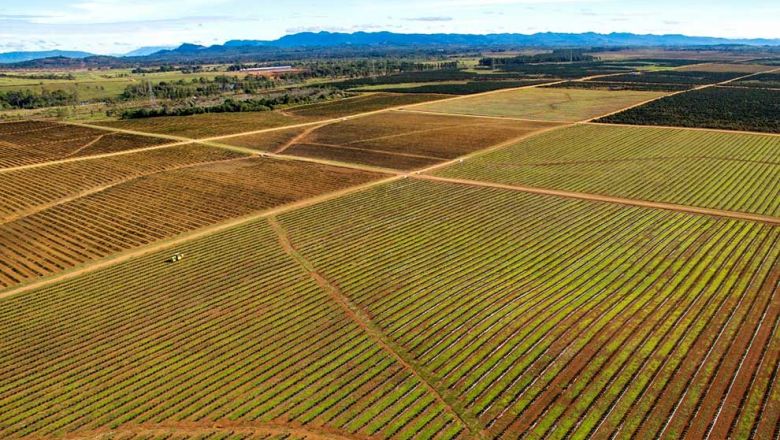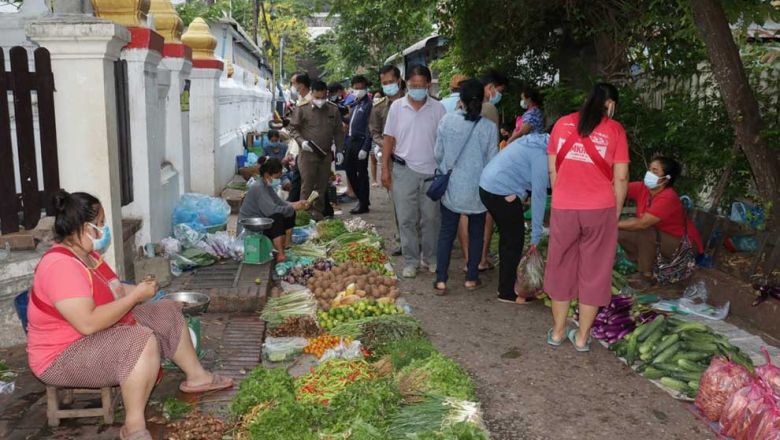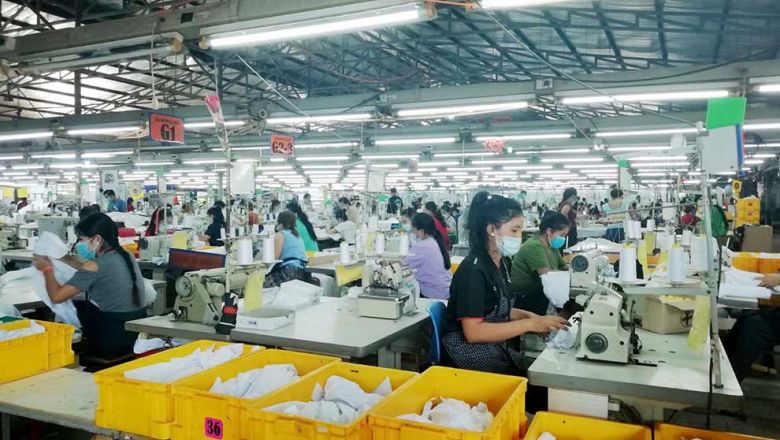Laos moves gradually towards an industrial economy
Laos moves gradually towards an industrial economy
Laos is moving towards industrialisation, which can be seen through changes to the country's economic makeup, with the industrial sector expanding gradually while the shares of agriculture and forestry and the services sector are on the decline.
The agriculture industry has continued to decline sharply, making up 34.9 percent of GDP in the 2004-5 fiscal year, declining to 28.9 percent in 2009-10 and dropping further to 23.7 percent in 2014-15.
The agriculture sector is still expanding gradually at 3 percent annually but its share of the country's overall GDP is trending downwards.
Meanwhile, the industrial sector represented 21.4 percent of GDP in 2004-5, rising to 25.6 percent in 2009-10 and reaching 29.1 percent in 2014-15.
However the industry share of the economy is still below the target set by the government at 33.8 percent of the GDP.
A senior economist at the Lao National Economic Res earch Institute, Dr Leeber Leebouapao told Vientiane Times recently that between 2002 and 2009 average growth in the industrial sector was about 14 percent but since 2010 the growth rate had declined to about 7 or 8 percent.
This year, the growth rate of this sector reached 9.8 percent and it still plays a significant role in the Lao economy, contributing through the creation of job opportunities for local people.
The slowdown in the growth of the industrial sector has been attributed to the delay of various investment projects for which agreements have been signed with the government.
Dr Leeber was optimistic the higher growth rate of the industrial sector would resume in the next five years when mega-projects such as the Hongsa Mine-Mouth Power Project and the Xayaboury hydropower project begin commercial operation.
Currently, the service sector makes up a high percentage of GDP but trends suggest it will decline in the near future.
In 2004-5 the service sector represented 37.4 percent of the GDP, rising to 39.2 percent in 2009-10 and 44.2 percent in 2012-13 but it declined to 39 percent in the 2014-15 fiscal year.
Dr Leeber explained that when the industrial sector grows faster, the service sector will see its share of the economy decline slightly but it is still expected to remain stronger than the agriculture and forestry sector.
More of Laos' labour force is moving from the agriculture sector to the industrial and services sectors after more investments were made in these two areas.
In 2005, 78.5 percent of the labour force worked in agriculture and forestry, declining to 70 percent in 2010 and is expected to decline to 68 percent by the end of 2015.
This year the Lao economy has cooled slightly to record 7.5 percent growth but it's still considered a high rate compared to the growth rate reported in other countries in the region.
Overall, GDP in Laos is now valued at 102,320 billion kip (US$12.7 billion) and the annual income per capita is 14.9 million kip (US$1,857).

















